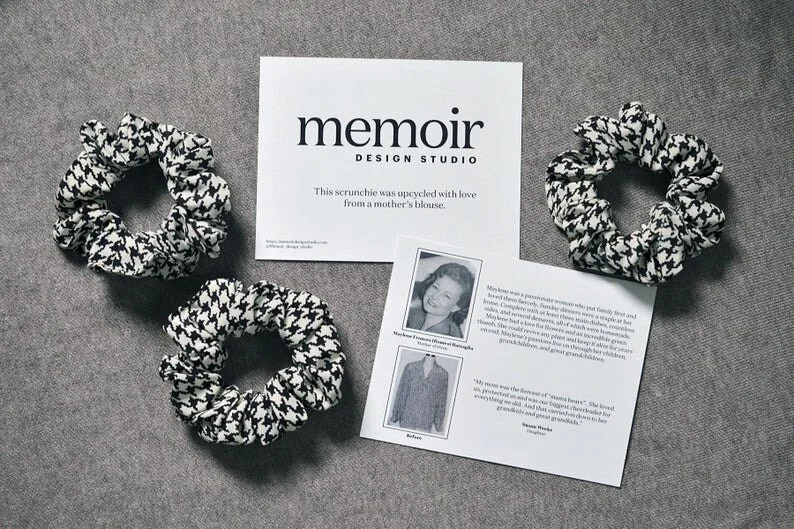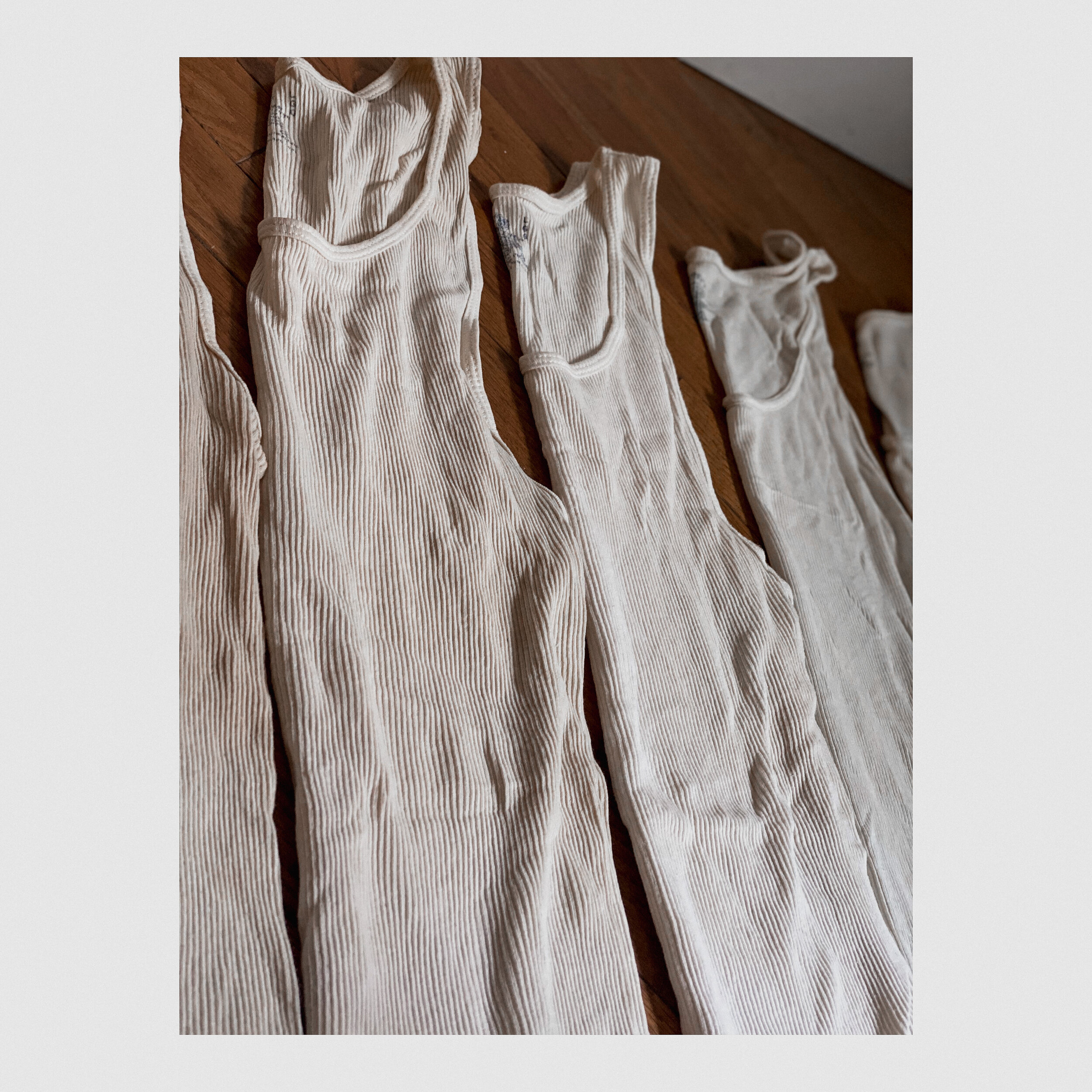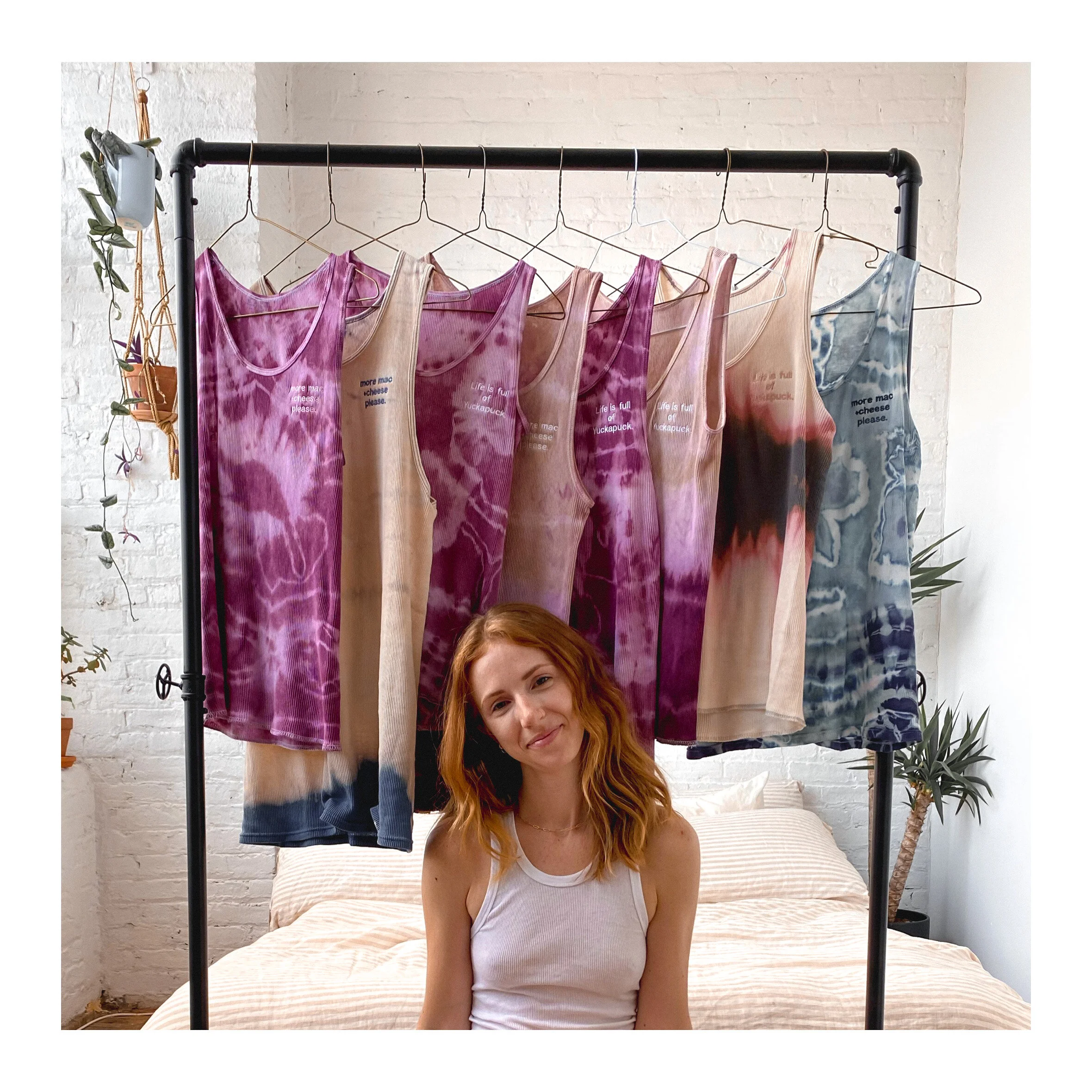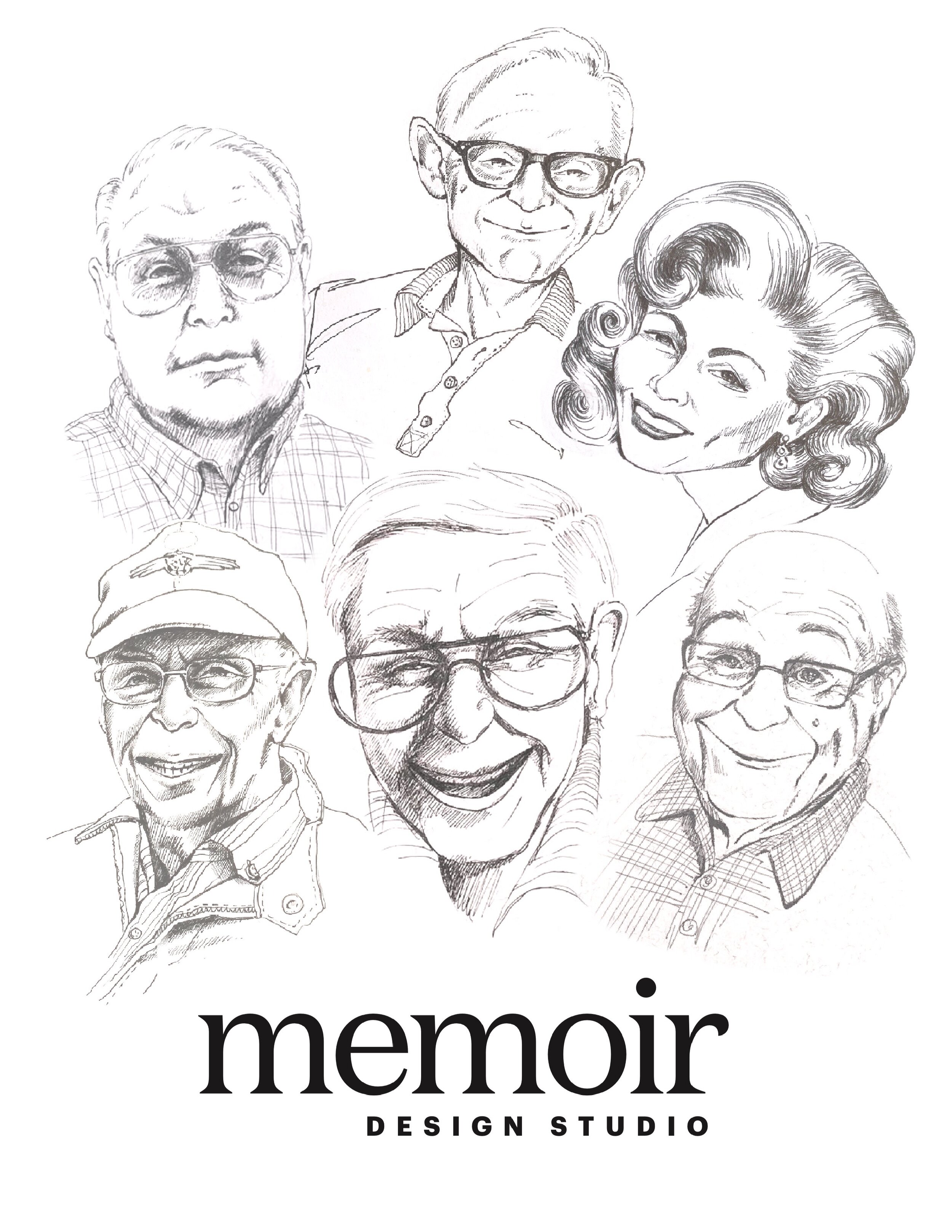Upcycling and sustainable fashion with Madison Cline
Fashion has the strong power to connect cultures, identities, and heritages through textiles, colors, and patterns. Upcycling is a sustainable and safe way to preserve the beauty of fashion, along with tales and traditions to be told to one customer to another. Madison’s Memoir is all about offering fashionable stories, in the literal sense.
From the Latin word memoria, Madison’s project is all about upcycling and sustainable fashion pieces that take back in time and memory. Her background in the industry as well as her personal life, inspired her to pursue a business with a potential long-lasting legacy, filled with quality and love. From the American MidWest to the world, Madison tells us her story and her brand, Memoir Design Studio.
What's your fashion background and how have you been shaping your fashion journey after college?
I was raised in a very creative family. My mother studied Art Education and my father is a musician. I grew up painting at my grandparent’s home and at an early age, my mom taught my brother and I how to sew simple things. As I got older, I took on more complicated projects with help from her and my grandmother. By high school, I started designing and sewing dresses for school dances for me and my friends. This was the first time I began expressing myself through fashion.
I studied fashion design at Kent State University and loved every moment of it. Through their program, I was able to get a well-rounded education in my hometown of Kent, Ohio, while also studying away in Paris and New York City. I interned as often as possible and ended up moving to NYC a few weeks after graduation in 2014.
I never had a solid plan or specific company I wanted to work for but believed in working hard, taking chances, and valuing my connections. I took advantage of these small jobs and internships and built a solid foundation that helped me get my first job at Ralph Lauren. Since then I have held roles in multiple product categories at different companies, such as Ralph Lauren, Justice, and Gina Group, with most of my focus on knitwear.
In my career, I have worked in a lot of different environments within the fashion industry. I have found that it is not always the product or brand that makes the job great, but the company’s culture and the people I work with. I accredit a lot of where I am today to my wonderful friends and mentors within the industry. When I started to become discouraged with the amount of waste I was seeing from fashion manufacturing, or the lack of urgency to amend it, many of them encouraged me to learn more about sustainability. I started taking night classes at FIT and after two years received my certificate in Sustainable Design Entrepreneurship. My passion for design, people, and sustainability led me to start Memoir Design Studio. I currently work as a legwear and hosiery designer at Gina Group during the day and spend my evenings focusing on work for Memoir.
Why do you think so many young designers are into sustainability today? Is it more of a marketing strategy or do you see any emotional attachment to this trend?
I definitely sense a changing of the tide. I see young designers having more awareness around climate change, waste, and humanitarian issues with overconsumption, but see many more mature brands exploiting this for marketing or greenwashing their products.
There are so many new designers changing up how products are made and finding clever ways to bring the conversation about sustainability into the fashion industry. Even with education, many universities have built sustainability courses into their curriculum. For instance, Kent State has a Design Innovation Lab where students from different fields collaborate on cross-disciplinary projects. This kind of inclusive and forward-thinking environment is key to creating a better future across all industries.
It is up to these young and innovative designers to push for more sustainably-minded products. If more brands begin to search for eco-materials, more mills and manufacturers will start to make them. The demand for eco-friendly products will inevitably lower the cost to make and sell them which is important if we want the world to change. Right now there are too many people without their basic needs being met, and they do not have the luxury to care about buying sustainable fashion.
How did you find inspiration for Memoir?
After losing my grandfather in 2017, my family and I were faced with the incredibly difficult task of clearing out his closet. I remember spending a day in my grandfather’s bedroom sorting his clothing when a thought struck me. I had kept some of his pieces to wear in my own wardrobe, but a lot of what we found was not in good enough condition to be resold. I worried about the excess waste and the impact throwing these items away would have on the environment. I realized I was not alone in this process of grief, so I started to think through how I could help other families going through the same heartbreak.
Through Memoir, I hope to reconnect consumers with storytelling and sustainability, while allowing the memories of their loved ones to continue on. By creating these one-of-a-kind garments, our customers can update their wardrobes while having more empathy for one another and cherishing their clothing on a deeper level.
How do you keep finding inspiration for Memoir?
When you start a company based on the storytelling of past lives, it is easy to find constant inspiration. With each piece I pick up to upcycle I do not just see fabric; I am reminded of the extraordinary people they belonged to. So as long as there are stories to be told, there will be an inspiration for Memoir!
I have loved every step of the journey I am on with Memoir. The process of starting a small business has been ever-changing and eye-opening. I have had to learn about social media, marketing, construction, client relationships, and much more. It is a long and hard road, but when I look back at where I started, to where I am today, it excites and pushes me to see where I can go in the future!
What kind of legacy and tradition would you like to build with your brand?
Our mission is to celebrate the legacy of those we have lost through high quality, one-of-a-kind products. I hope to honor and bring to life the untold stories within our communities.
I hope to build a business of choice for people who value quality, sustainability, and knowing the history of the product. I want to make the process of grief easier and bring long-lasting meaning into everyone’s wardrobe!






